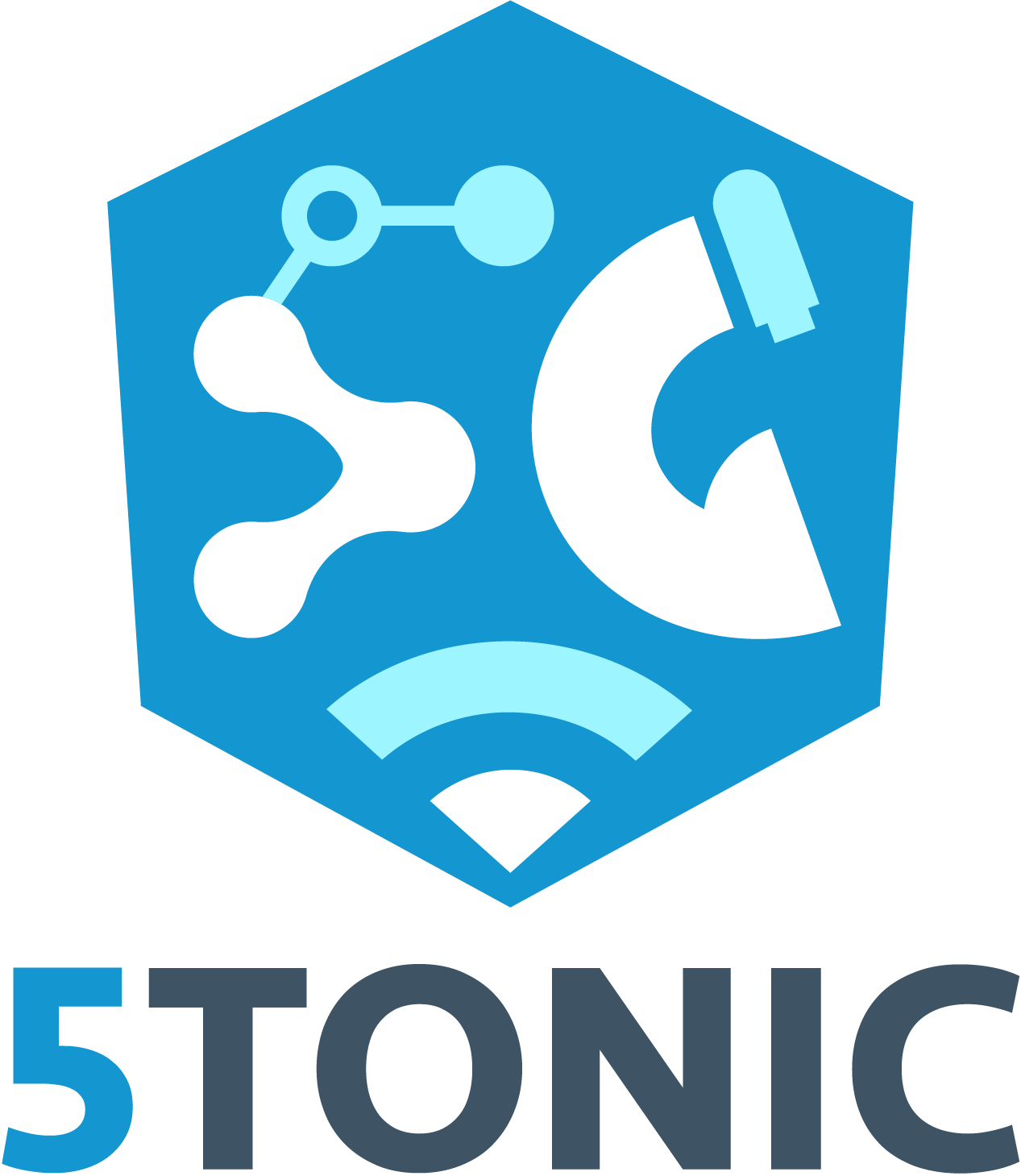The digital ecosystem in Spain: challenges to boost technological development as a driver of the economy
To analyze this scenario, 5TALK spoke with Cristina López Albarrán, who has been writing about technology for more than 15 years and is currently part of the team of editors at Redes&Telecom and Data Center Market. Cristina assures that, after the pandemic, the telecommunications industry «has demonstrated its relevant role in society». One of the trends in the development of this industry is the implementation of new technologies applied to telecommunications. For example, Artificial Intelligence, Edge Computing or the deployment of the 5G network are some of the most demanded.
For the technology journalist, «cybersecurity is becoming a priority,» she says. Therefore, these initiatives are positive, since «the legal framework is necessary».
The deployment of 5G technology and cybersecurity are key to the transformation of the Spanish digital ecosystem. Going forward, this deployment in rural areas is «the big challenge,» says Cristina. Sectors such as smart agriculture, e-commerce, to increase sales for local producers, as well as community services, which demand shared transport solutions, require robust connectivity in every sense, which represents a great challenge for their communities.
The user at the center of the digital strategy
The new «as a service» models offer technological solutions through the Internet and are characterized by the possibility of paying for them according to the use they are given (pay per use) and the scalability they offer, exponentially increasing their demand. As Cristina points out, the demand for greater connectivity means that companies «need a fast and secure connection, in addition to being able to control their infrastructures». This is one of the reasons why both large and small organizations are opting for more agile and cost-effective environments that enable them to achieve their competitiveness objectives.
These models provide companies with significant cost savings, since, by dispensing with their own equipment, infrastructure obsolescence is reduced. There are various as-a-service models, such as IaaS (Infrastructure as a Service), PaaS (Platform as a Service) and SaaS (Software as a Service).
In conclusion, both the government and public and private entities are helping to position Spain as a leader in the deployment of networks with better connectivity, allocating economic resources that promote the achievement of the objectives. Undoubtedly, promoting R&D in new technologies is crucial to improve the future of communication networks.
For Cristina, these initiatives are essential to put into practice the development of research and to be able to adapt to the new, more competitive and global environment, which requires a redefinition of the operators’ business model, the implementation of a user-centered strategy, with new as-a-service functions, and to solve the great challenge of reaching rural areas in Spain. This way, Europe intends to achieve leadership in innovation and the application of new technologies, compared to other players in the USA and Asia.
*This blog may contain content that reflects the opinion from influencers, but not necessarily that of 5TONIC or its members.

